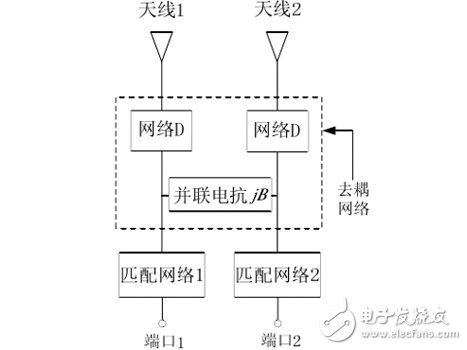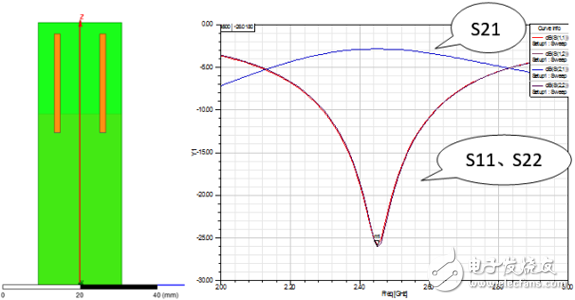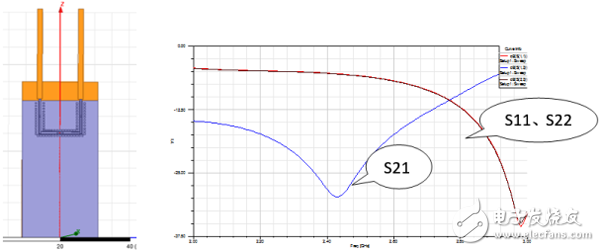Most wireless system antenna units are arranged as loosely as possible, and the spacing between them is large enough, so the mutual coupling effect between the antennas is weak. However, in mobile terminals such as mobile phones, due to the narrow space, the spacing between the antenna elements is small, resulting in strong electromagnetic coupling. Studies have shown that when the spacing between antennas is less than or equal to half the signal wavelength, the signals received on the receiving antenna are significantly affected by the mutual coupling effect. This phenomenon becomes more pronounced as the spacing between the antenna elements continues to decrease, thereby severely affecting the reception performance of the wireless system. Therefore, a wireless system with a narrow space must consider the best possible mutual coupling between antennas in its antenna design process. In engineering, isolation is generally used to characterize the mutual coupling effect between antennas. In the antenna design of the wifi band, the antenna isolation is usually required to be greater than 15 dB.
There are many ways to solve the problem of antenna mutual coupling, such as changing the spacing and polarization of the antenna, designing the decoupling network, designing the defective structure, designing the current neutralization line, and so on. These methods can use HFSS for simulation analysis. Decoupling network technology is used to reduce the coupling degree between antennas. The design of antenna unit and decoupling network can be designed separately, which avoids the complexity of joint simulation optimization design. Here we first introduce how to design an antenna decoupling network using HFSS simulation.
2, HFSS simulation design antenna decoupling network stepsFrom the perspective of network analysis, the essence of decoupling is to make the mutual impedance of the impedance matrix of the multi-port network tend to zero, or to make the inverse transmission coefficient of the scattering matrix tend to zero. The common decoupling network structure is shown in the figure below. The decoupling principle is based on step-by-step analysis of network parameters. In simple terms, it can be divided into the following three steps:
In the first step, there is a strong coupling between the antennas due to the good initial antenna impedance matching. Therefore, the function of the network D is to change the transmission admittance between the two ports from a complex number to a pure imaginary number.
In the second step, the parallel reactance is introduced to cancel the above pure imaginary transmission admittance, so that the value of the transmission admittance is zero, thus achieving the purpose of decoupling.
In the third step, due to the introduction of the decoupling network, the impedance mismatch of the antenna is seen from the port. Therefore, the matching network is added to make the antenna achieve impedance matching.

HFSS can not only accurately simulate the far-field radiation characteristics of the antenna, but also facilitate the EM simulation of the decoupling network and matching network. Let's take a simple example.
1. Two closely spaced wifi band monopole antennas (2.4-2.5 GHz) have poor simulation isolation and only 3 dB at the center frequency.

2. Using the lumped RLC boundary condition, the decoupling network D is established and simulated again. The isolation is improved significantly, but the antenna resonance point is shifted.

3, then build a matching network, and simulation, isolation and standing wave meet the requirements.

Camera Accessories,Camera Body Cap,Lens Cap,Universal Lens Hood
Shaoxing Shangyu Kenuo Photographic Equipment Factory , https://www.kernelphoto.com